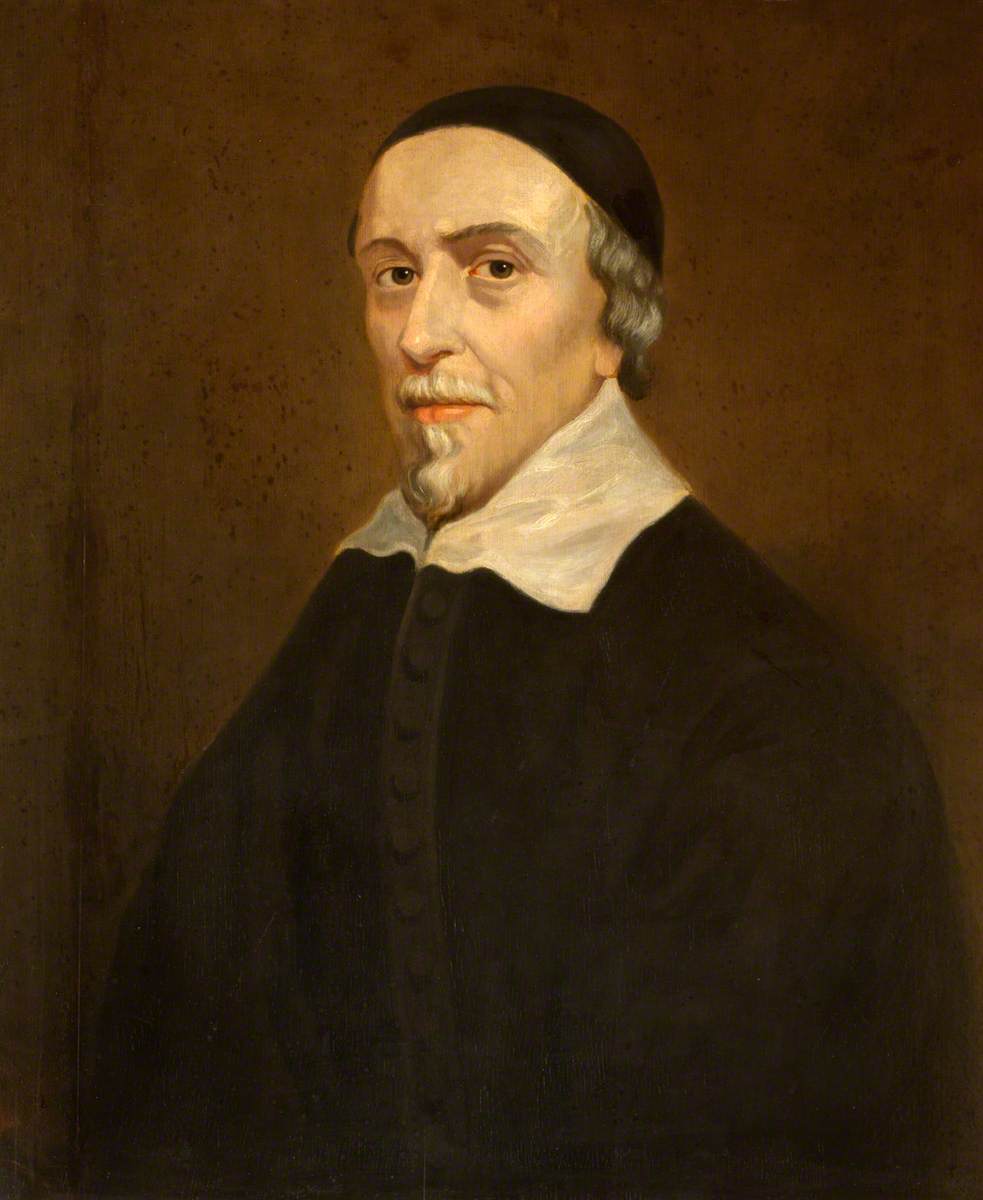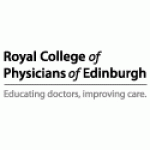How you can use this image
This image can be used for non-commercial research or private study purposes, and other UK exceptions to copyright permitted to users based in the United Kingdom under the Copyright, Designs and Patents Act 1988, as amended and revised. Any other type of use will need to be cleared with the rights holder(s).
Review the copyright credit lines that are located underneath the image, as these indicate who manages the copyright (©) within the artwork, and the photographic rights within the image.
The collection that owns the artwork may have more information on their own website about permitted uses and image licensing options.
Review our guidance pages which explain how you can reuse images, how to credit an image and how to find images in the public domain or with a Creative Commons licence available.
Notes
Add or edit a note on this artwork that only you can see. You can find notes again by going to the ‘Notes’ section of your account.
William Harvey was born in Folkestone, Kent. From the Grammar School in Canterbury he was admitted as a pensioner to Caius College, Cambridge in 1593. He travelled in France, Germany and Italy. At Padua, he came under the influence of Fabricius ab Aquapendente, the Professor of Anatomy. Fabricius taught the existence of valves in the veins of the body, and Harvey was determined to discover their function. This was the foundation of his research on the circulation of the blood. The Royal College of Physicians of London appointed him Lumleian Lecturer and it was in the course of these lectures that he first publicly announced his views regarding the circulation of the blood. Harvey's great work 'Exercitatio Anatomica de Motu Cordis et Sanguinis in animalibus' was published in Frankfurt in 1628.
Title
William Harvey (1578–1657)
Medium
oil on panel
Measurements
H 73.6 x W 60.9 cm
Accession number
PCF25
Acquisition method
presented to the College by Dr Blackhall-Morison, 1925
Work type
Painting

